One of my close friend Dr Mehta is an expert in the field. Keeping patient satisfaction being his only motto, he has established a very good practice in a short time. Dentistry is a laborious field which requires highly accurate preparations and a lot of hard work to establish a good practice. This includes sitting for a longer duration of time in a single position and working to achieve that highly skilful preparation which dentistry demands. Patients are highly satisfied with Dr Mehta’s treatment and friendly disposition, but Dr Mehta, in turn, is suffering from occupational problems, like back pain.
Unlike other fields, the problem encountered by a dentist is maintaining an ergonomic posture without compromising accessibility which is very difficult at times. The results being that majority of dentists suffer from lower back pain at one or the other time during their practice. Sitting for long durations of time alone has a detrimental effect on spine when compared to standing, but in a field like ours which demands sitting for longer periods throughout the day, what is the best way to sit?
Since the beginning of professional dentistry in eighteenth century, a lot of things have changed including instrumentations, concepts, techniques of working etc., one that however has remained same since the beginning of sit down dentistry is the posture of a dentist attending to patients. Most of us sit straight with all the major joint at right angle. T, this posture was considered to be proper until now, but their cent research suggests that it can cause detrimental effects on joints, discs and ligaments.
Problem:
Practising with all the major joints at right angle (Figure 1) for a longer period of time along with other contributing factors can lead to Cumulative Trauma Disorder (CTD).
CTD is defined as work-related pain or injury to the musculoskeletal system resulting from microtrauma which accumulates at rates faster than the body can repair.
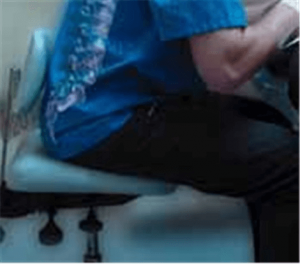
Signs and symptoms:
- Decrease strength and range of motion
- Pain, stiffness, swelling or inflammation
- Numbness or tingling in hands or feet
- Shooting or stabbing pain in arms or legs
Solution:
Our posture should be such that it provides optimal working conditions along with physical comfort so that we as the dentist can perform the whole procedure accurately. For a posture to be balanced it does not necessarily require to be rigid.
To be classified under safe working posture there should be:
- 0-20 degrees of neck flexion
- Hip angle of 105 to 125 degrees
- The seat of the operating stool should be slightly tilted forward to about 5-15 degrees.

Advantages:
- Chairs with a tilting seat leading to hip angle of 105 degrees rather than 90 degrees helps maintain a low back curve, decreases disc pressure, enables closer positioning of patient and may help reduce low back pain.
- It also minimizes strain on other spinal discs, muscles and ligaments while working.
- An ergonomic posture will help reduce stress and eliminate many potential occupational associated injuries due overuse of certain muscles and bad posture.
Conclusion:
In order to render appropriate patient care, it is also necessary for a dentist to be mindful of their own health and well-being, by working in a comfortable posture guided by natural laws of human body anatomy.
To all my dental artists out there!!! Keep giving the world all your positive energies and pretty smiles but don’t get too busy to forget to take care of your own self.
Regards
Dr. Zainab Rangwala
References:
- Hedman T, Fernie G. mechanical response of lumbar spine to seated postural loads. Spine 1997;22(21):2571-4.
- Bethany Valachi (PT, MS, CEAS). Practice Dentistry Pain-Free.
PHOTOS: POSTUREDONTICS LLC.
Bonus: Download our monthly e-bulletin!Click here to get it
DISCLAIMER : “Views expressed above are the author’s own.”






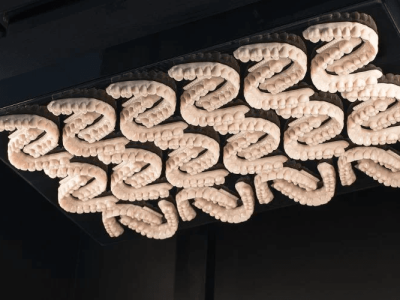

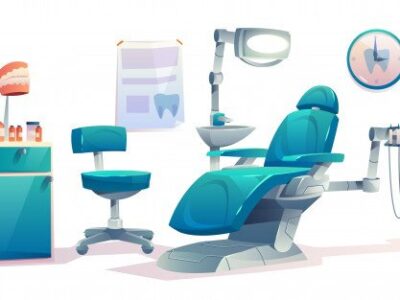
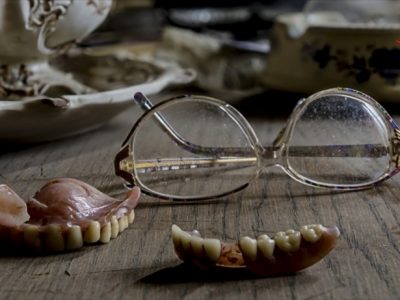
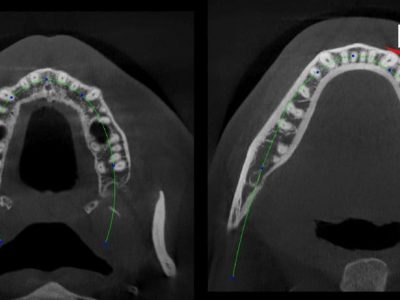









Really helpful post.. very well written..Dr Zainab
Thank you Dr.Farhin..